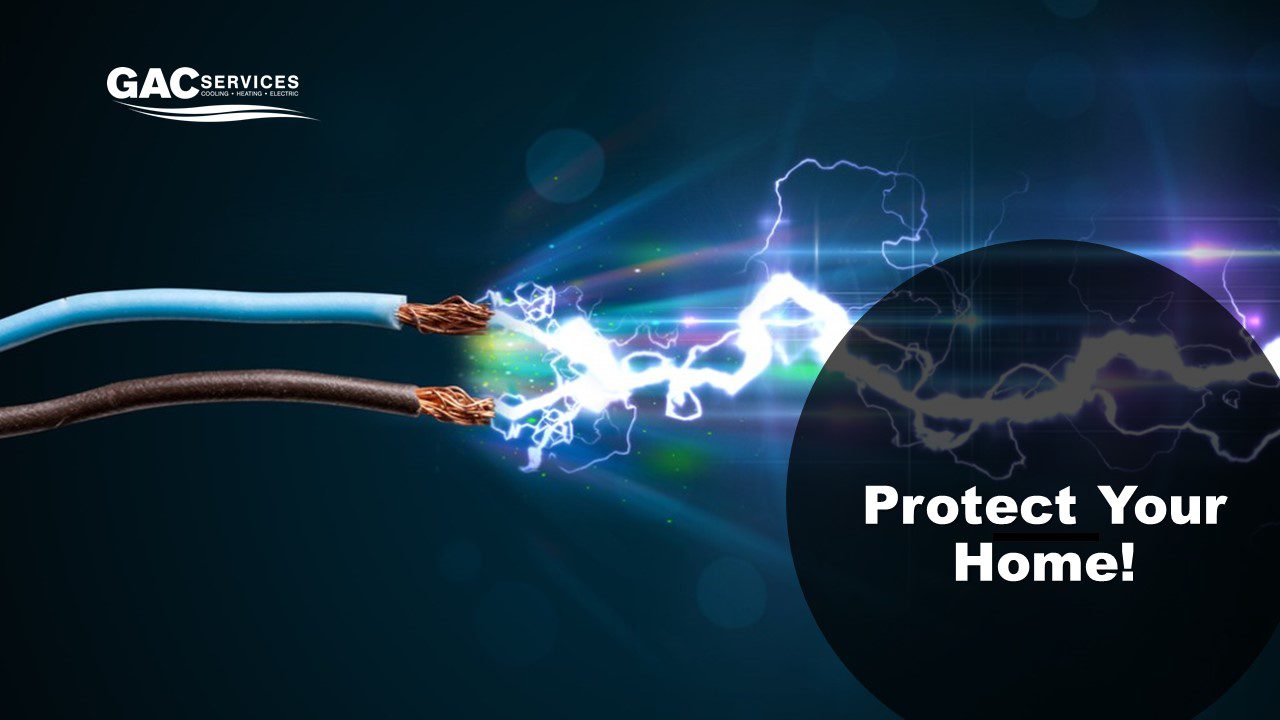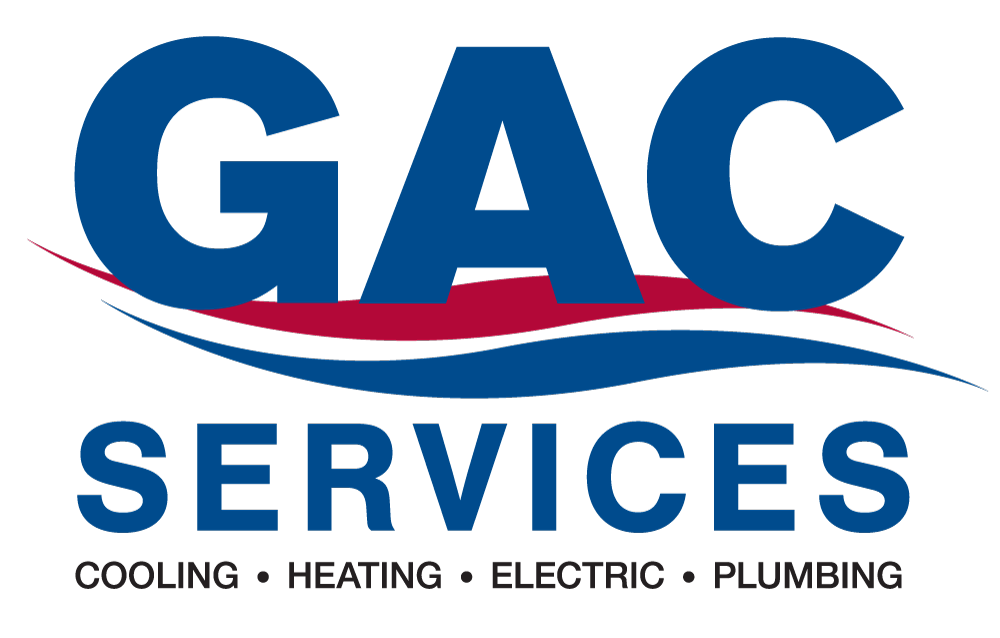No matter the time of year or outside weather, it’s more and more common for power surges to occur. Modern homes have more electronic devices and appliances plugged in now than ever before. While modern electrical grids have become very good at supplying power evenly and safely, power surges are increasingly more common.
Surges can damage the electrical components and major appliances connected to your home, including your HVAC system, refrigerator, and other electronics.
Installing whole-home surge protectors is just another reality of owning a home. Every homeowner should know at least the basics about power surges so they know how to prevent these dangerous occurrences. Learning how to prevent power surges in your home can help you save money from avoidable repairs and keep your entire electrical system safe.

What Is a Power Surge?
A power surge is a very fast, very intense power spike in your home’s electrical current. When a surge travels into your home’s electrical current, the voltage supplied spikes beyond the safe limit.
All of your home’s appliances and electronics are not built to tolerate that much power, which is why power surges can be damaging and dangerous. That’s why you need to have the necessary devices that prevent power surges in your house and ensure electrical safety.
What Causes Power Surges in a Home?
While lightning is one of the most common causes of electrical surges in houses, there are many causes for a power surge to happen in your home. Some of the causes are out of your control, but some of them are maintainable. However, if you have a reliable surge protector installed, you can rest assured that your home is safe.
Here are some of the most common causes of power surge damage in your home:
- Lightning Strikes: Direct lightning strikes or electrical storms can cause power surges.
- Power Outages: When power is restored after an outage, a surge may occur.
- Faulty Wiring: Poorly installed or damaged wiring can lead to surges.
- Appliance Usage: Turning on high-powered appliances can cause short bursts of increased demand.
- Downed Power Lines: Physical damage to power lines can induce power surges.
- Grid Switching: Changes in the electrical grid, such as switching between generators, may result in surges.
- Internal Wiring Issues: Faults within a home or building’s electrical system may contribute to surges.
Are Power Surges Dangerous?
Electrical surges are problematic because they can be damaging to your property. These occurrences can seriously harm or even destroy any appliance or electronic that is plugged in at the time. When too much electricity flows through into an appliance at once, it could overheat, break down, or even catch fire.
If there’s any damage, you are then left with costly electrical repairs. Additionally, risks such as fires can create a huge safety concern for you and your family. It’s best to make sure that you have taken the necessary protective measures so you don’t have to waste your time and money on problems that can be avoided.
How Can I Prevent Power Surges?
There are numerous ways you can protect your home from a power surge. While one method alone can be beneficial, investing in numerous tactics can provide holistic protection for your home’s electrical system.
Have Your Electrical System Inspected
Regular electrical inspections by a licensed electrician can help you identify potential issues in your home’s system. These professionals will check for faulty wiring, outdated components, and any other factors that can enhance the likelihood of a power surge in your home. Addressing these issues proactively can minimize the risk of electrical disturbances and protect your devices from damage.
Use Outlets Strategically
Be mindful of how you use outlets in your home. Avoid overloading them with too many devices, and refrain from daisy-chaining power strips. Distribute high-powered appliances across different outlets to prevent excessive demand on a single circuit. This simple practice can reduce the likelihood of power surges caused by overloaded circuits.
Install a Whole-Home Surge Protector
The easiest and best way a homeowner can protect against power surges is to use a whole-house surge protector. The difference between a power strip and a surge protector is surge protectors absorb any excess energy running through them. During a surge, the protector redirects excess voltage toward the grounding wire to neutralize it. Whole house surge protectors work the same way but protect your entire home’s electronics and appliances, and they fit directly onto your circuit breaker.
If you need help protecting your electronics from power surges, it’s important to speak to an experienced electrician who can meet all of your needs. Our team at GAC Services can inspect your electrical system, advise you on electrical use, and install a surge protector.
Contact us today for surge protection assistance in Gaithersburg, Montgomery County, Frederick County, Carroll County, and Howard County, Maryland.


